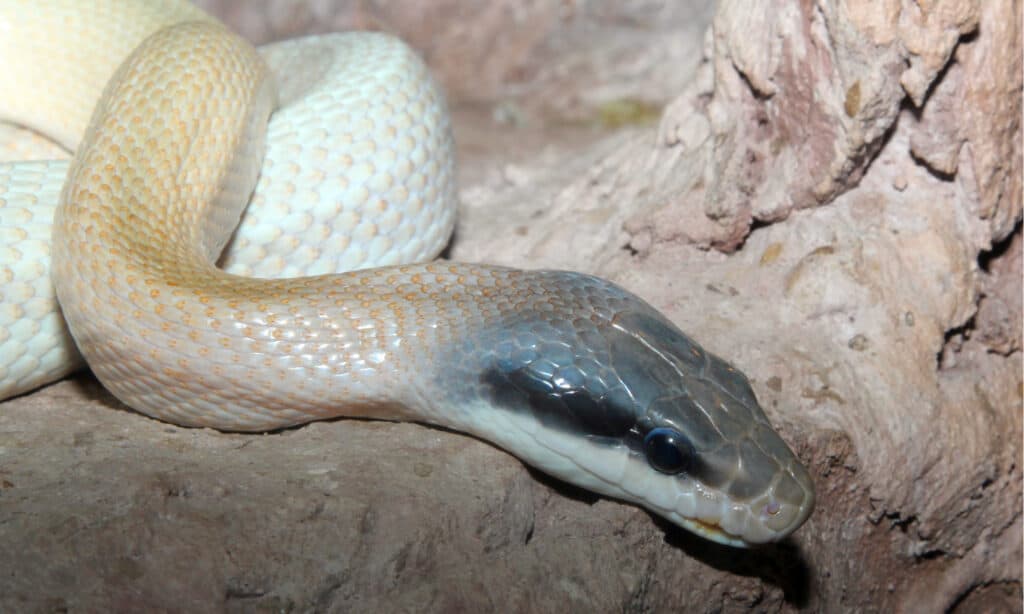Introduction
Snake bites are a major clinical emergency situation that can take place in various atmospheres, specifically in regions where serpents prevail. In Australia alone, there are many species of venomous snakes such as the Tiger Snake, Eastern Brown Serpent, and King Brown Serpent. Understanding how to effectively manage serpent bites is important for any person that hangs out outdoors or lives in backwoods. This short article will explore comprehensive emergency treatment management approaches for snake attacks and outline best techniques for reacting to these incidents.



First Help Monitoring of Snake Bites: Best Practices for every single Situation
When taking care of a snake bite, the preliminary reaction can significantly impact the target's end result. Immediate activity is critical since quick medical treatment often establishes the level of injury or survival rate. Below are Red-bellied Black Snake vital emergency treatment principles to remember:
Stay Calm: The primary step in handling a snake bite is to remain calm. Panic can elevate heart rates and enhance the spread of venom throughout the body. Call for Help: Dial emergency solutions promptly. Give them with your place and any kind of details regarding the snake if possible. Keep the Target Still: Encourage the sufferer to remain as still as possible. Activity can enhance blood flow, increasing venom absorption into the bloodstream. Positioning: If feasible, place the damaged arm or leg at or below heart degree. This positioning assists decrease venom spread. Remove Limited Clothing: Loosen any kind of garments or jewelry around the bite site; swelling may take place quickly after a serpent bite. Do Not Use Ice/Cold Packs: Contrary to popular belief, applying ice can worsen tissue damages and should be avoided.Understanding Snake Types and Their Habitats
Tiger Snakes and Their Habitat
Tiger snakes (Notechis scutatus) are amongst Australia's most notorious venomous serpents because of their hostile nature and powerful venom.
- Habitat: They usually occupy seaside areas, marshes, and areas with dense greenery like marshes and swamps. Risks: Recognition of local tiger snake environments can decrease the risk of running into one unexpectedly.
Eastern Brown Snakes: A Significant Threat
The Eastern Brown Snake (Pseudonaja textilis) is another extremely poisonous varieties found throughout eastern Australia.
- Habitat: This serpent flourishes in metropolitan locations, farming lands, and grasslands. Behavior: Recognized for its quick strikes when endangered, comprehending its behavior may help reduce encounters.
Recognizing Signs of Serpent Bites
Identifying signs at an early stage can enhance possibilities of effective treatment:
Local Symptoms:- Pain and swelling around the bite site Discoloration or bruising
- Nausea or vomiting Difficulty breathing Signs of shock (e.g., light skin, fast heart beat)
First Help Protocols for Certain Serpent Bites
First Help for Tiger Serpent Bite
In instance of a tiger serpent bite:
Stay tranquility; maintain still. Call emergency solutions immediately. Immobilize the impacted limb using a splint if available. Do not try to draw out venom or apply ice.First Aid for Eastern Brown Snake Bite
For an eastern brownish serpent bite:
Keep tranquility; comfort the victim. Call emergency solutions without delay. Position them easily while staying clear of movement. Mark the edges of swelling with a pen preferably for observation.
Creating Your Serpent Bite First Aid Kit
A well-prepared emergency treatment set can make all the difference during emergencies:
|Product|Function|| -------------------------------|---------------------------------------------------|| Compression bandages|To paralyze limbs|| Sterilized gauze|To cover injuries|| Antihistamines|For allergies|| Emergency call numbers|Quick gain access to throughout crises|| User's manual|Detailed guidance on managing emergencies|
What Ought to You Never ever Do When Treating a Serpent Bite?
Browse around this siteHere's a list of typical mistakes when treating serpent attacks:
Do not apply tourniquets; they can trigger more damage than good. Avoid reducing into or trying to suck out venom from the wound. Never offer alcohol or energizers to targets as it might intensify their condition.FAQs Concerning First Aid Monitoring of Snake Bites
1. What must I do if I see a snake?
Stay calm and pull back gradually without sudden movements.
2. Just how do I determine if a snake is venomous?
Research local varieties' characteristics; lots of have distinctive color patterns or markings.
3. Can I use ice on a snake bite?
No, using ice can raise cells damage.
4. How much time do I have actually after being attacked before looking for clinical attention?
Seek clinical attention instantly-- time is critical with poisonous bites!
5. Is it secure to drive myself to the health center after a bite?
No! It's unsafe as signs may worsen en course; wait Yellow belly Tree Snake for specialist help.
6. Are all snakes in Australia dangerous?
No! While Australia has many hazardous serpents, there are also non-venomous types that position no threat.
Conclusion
The emergency treatment monitoring of snake attacks needs timely activity incorporated with expertise about regional types' behavior and habitats like those of tiger serpents and eastern brown serpents in Australia. By complying with ideal techniques outlined above-- such as remaining calm, calling emergency situation services without delay, and understanding what not to do-- you dramatically boost survival chances after such crashes occur.
Equipping yourself with knowledge concerning various sorts of serpents in your location and preparing a proper first aid kit will certainly ensure you're ready ought to an encounter occur-- making you better prepared to handle this possibly life-threatening circumstance effectively!